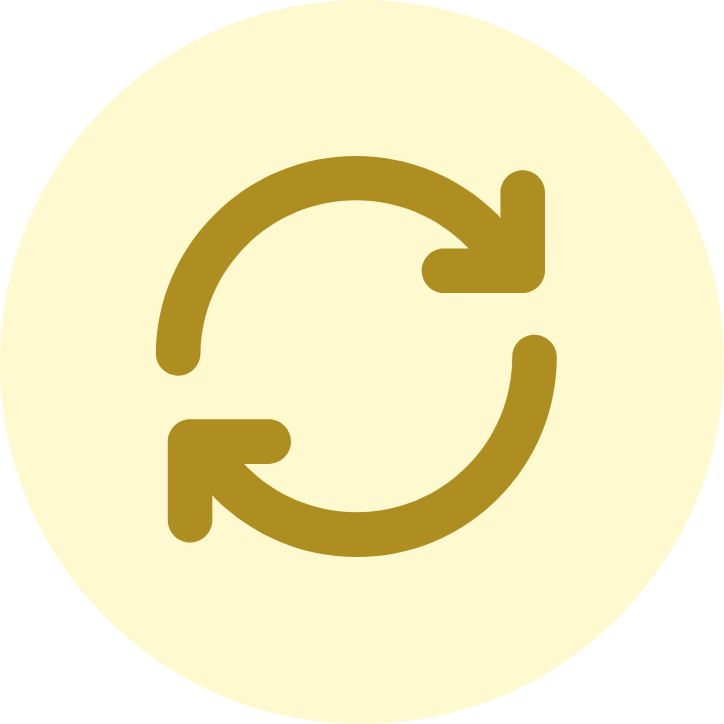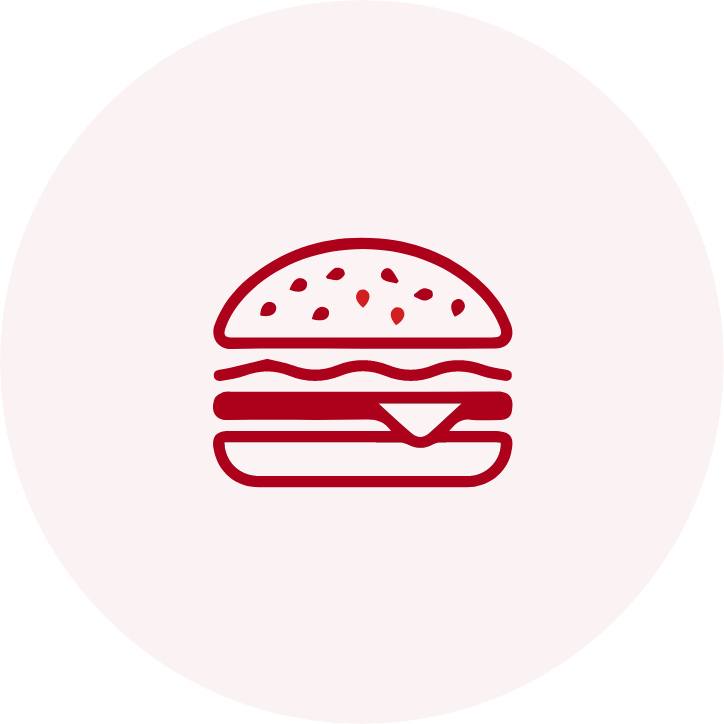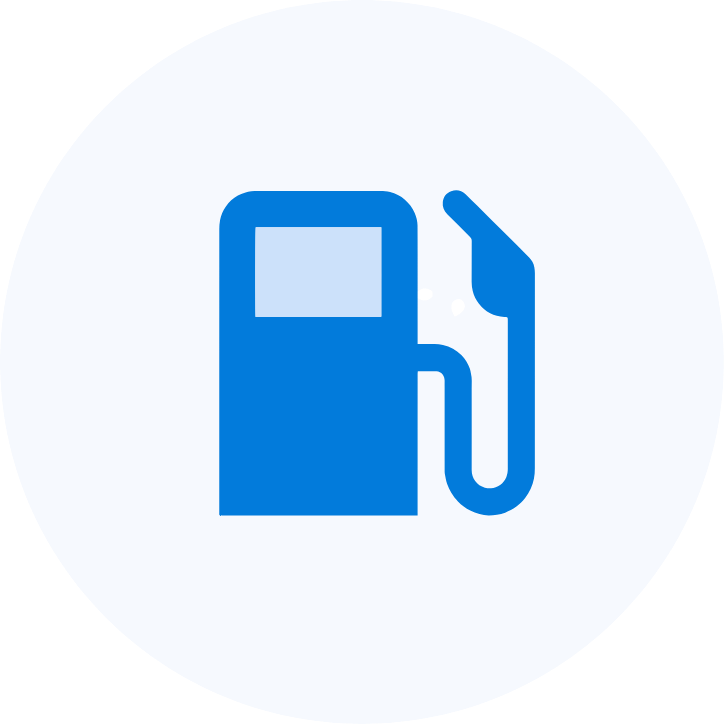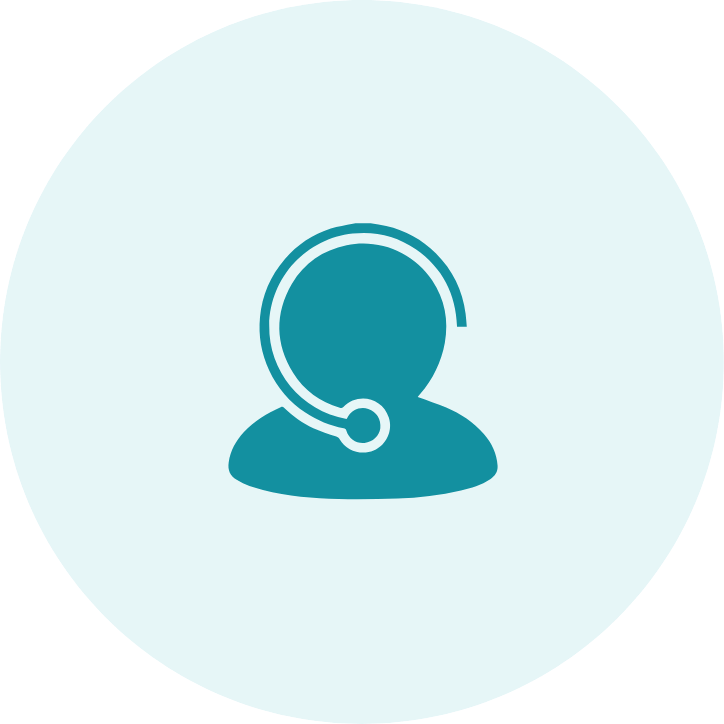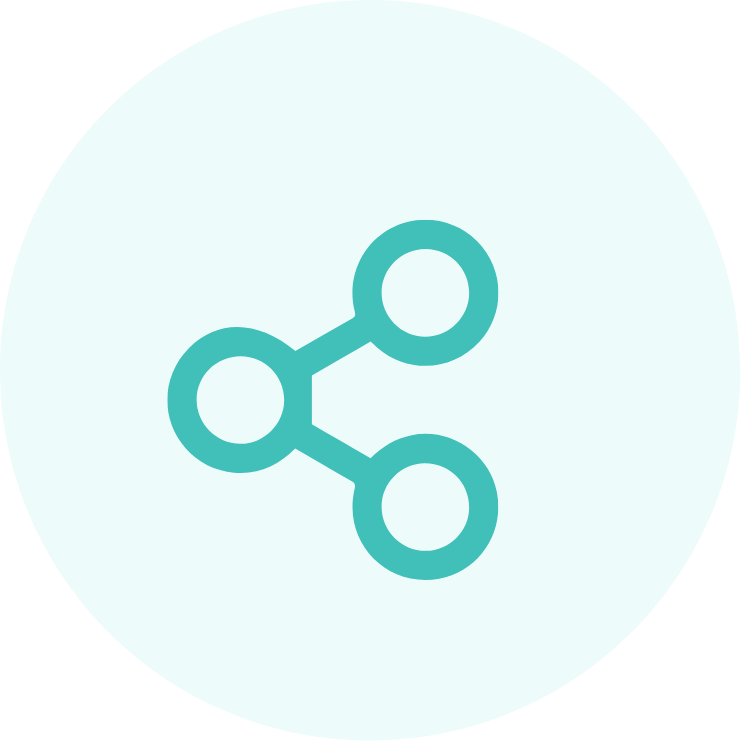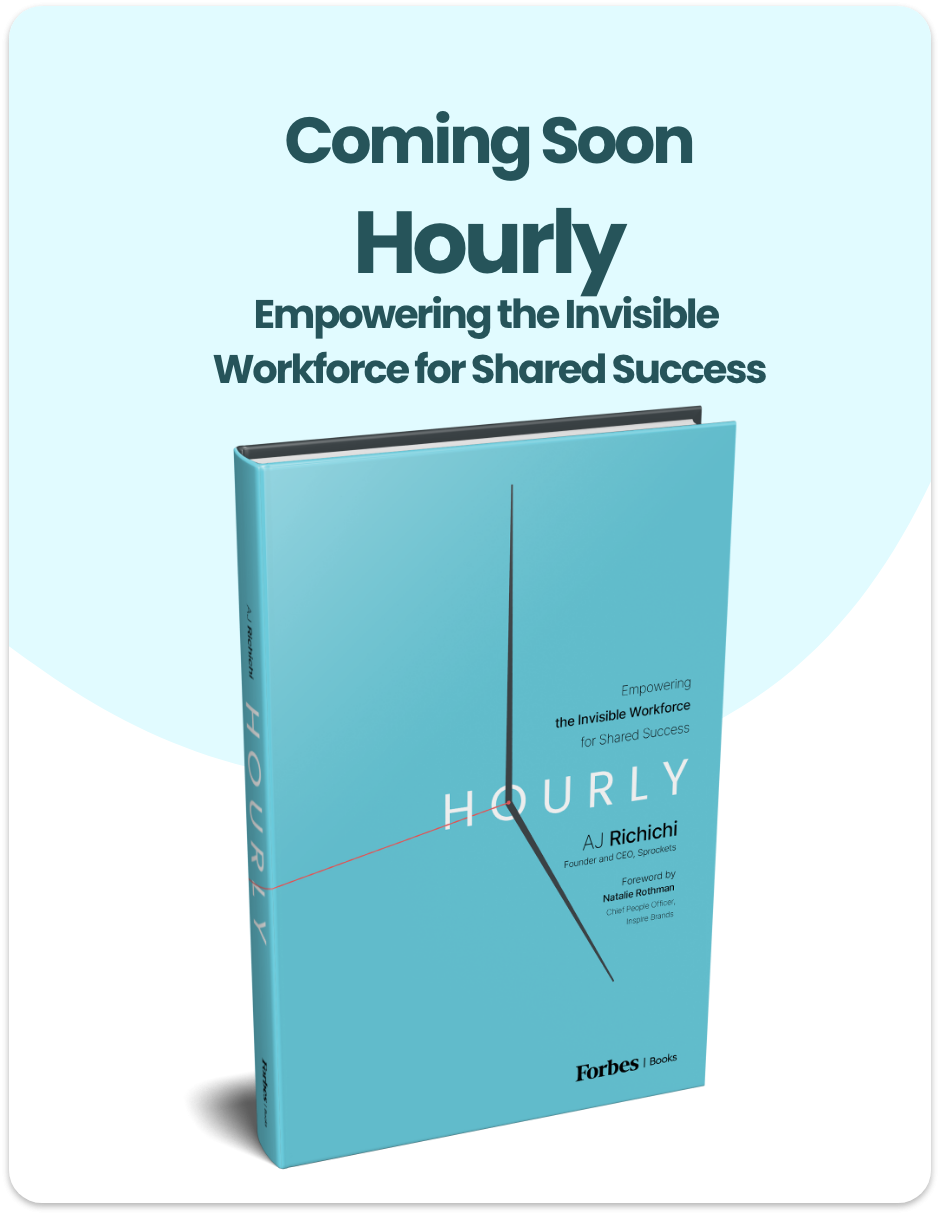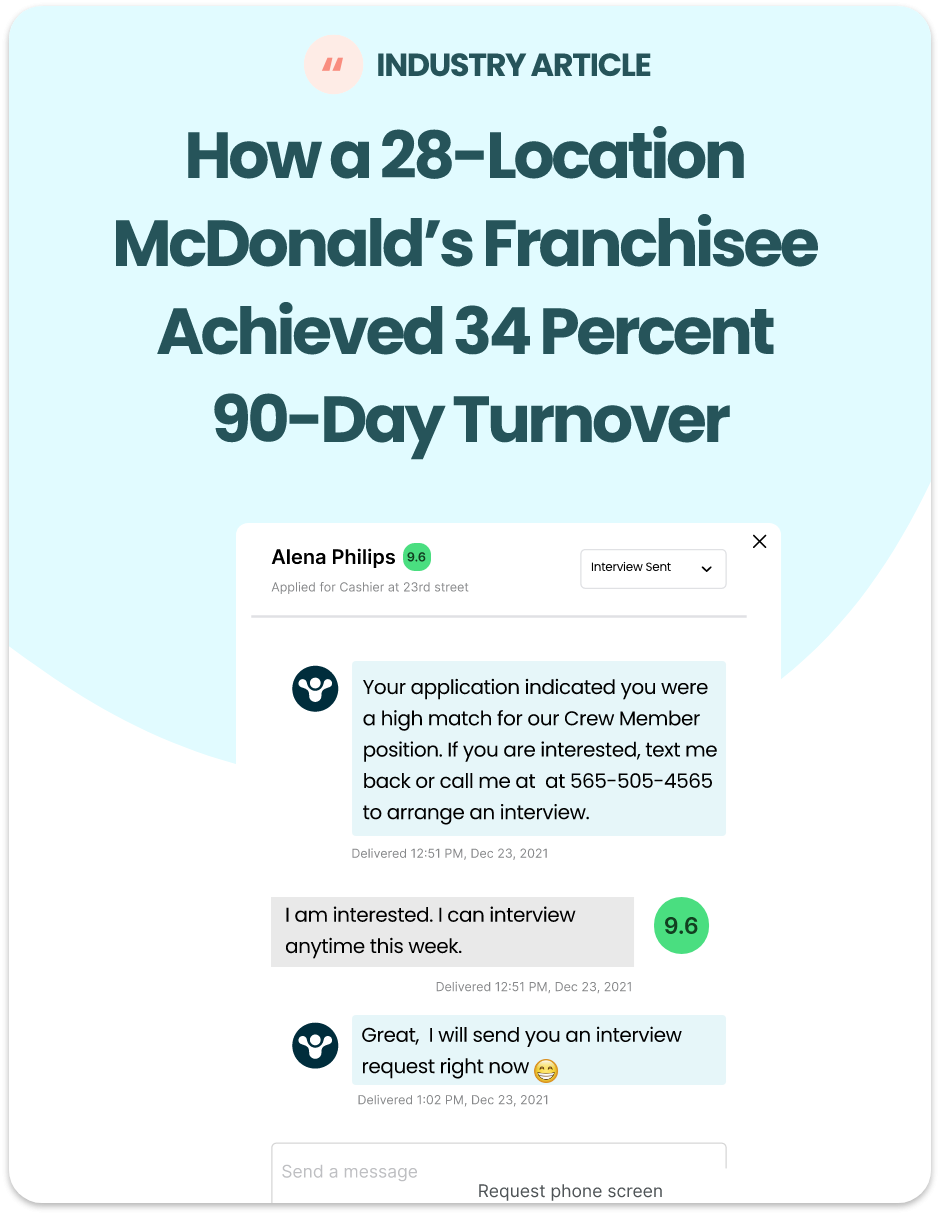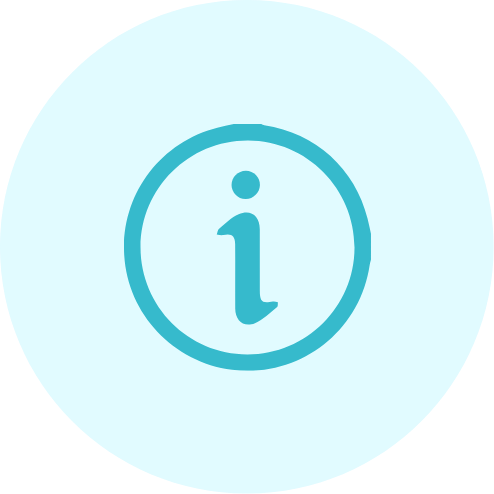What is Work-Life Balance?
Work-life balance is the equilibrium of one’s job and personal life. While the exact ratio might not be the same for everyone, the goal is to have a healthy balance of both priorities. The importance of work-life balance is crucial to one’s health and overall well-being.
Benefits of Work-Life Balance
A healthy work-life balance offers several benefits in and out of the workplace. Businesses whose employees have a positive work-life balance see the following results:
- Higher Productivity: Studies show that employees with a work-life balance are 21% more productive than people with a poor work-life balance. They are able to come to work with an open, well-rested mind.
- Less Burnout: 77% of working full-time Americans have experienced burnout, according to a work-life balance survey. Symptoms of burnout include fatigue, stress, and a decrease in employee performance. Luckily, a positive work-life balance can significantly reduce and even prevent burnout from happening in the first place.
- Better Culture: A healthy work-life balance leads to happier employees. They are energized and excited about coming to work. An improved work-life balance also means employees have time to socialize with one another, therefore building teamwork and trust.
- Less Stress: Employees who work in a happier environment and are not experiencing burnout are significantly less stressed. Achieving work-life balance means more time to practice self-care, exercise, and fuel your body with the proper nutrients.
How Does Technology Affect Work-Life Balance?
Achieving a positive work-life balance can be challenging, especially when adjusting to a new job. According to a recent survey, 38% of workers say they missed out on an important life event due to poor work-life balance. Statistics also say that 48% of Americans also define themselves as workaholics — they are unable to stop worrying about their job.
The role of technology in work-life balance is to make tasks more efficient for employees so they can effectively accomplish their goals. Technology reduces their need to work overtime, and as a result, improves work-life balance. For example, Buffalo Wild Wings recently launched a robotic chicken wing fryer called “Flippy Wings” at high-volume locations. The solution empowers restaurants to “redeploy team members to more guest-facing functions, improving the guest experience.” So far, results show that food production has increased 10 to 20% with the robotic fryer, and team members are now able to focus on other daily operations.
The Power of Artificial Intelligence (AI)
Artificial intelligence is helping employees in many industries improve work-life balance. This modern day technology uses natural language processing to help employees perform tasks more efficiently. For example, Sprockets’ AI-powered platform reveals which applicants will perform like your best employees, ultimately saving hiring managers valuable resources so they turn their attention towards daily operations.


